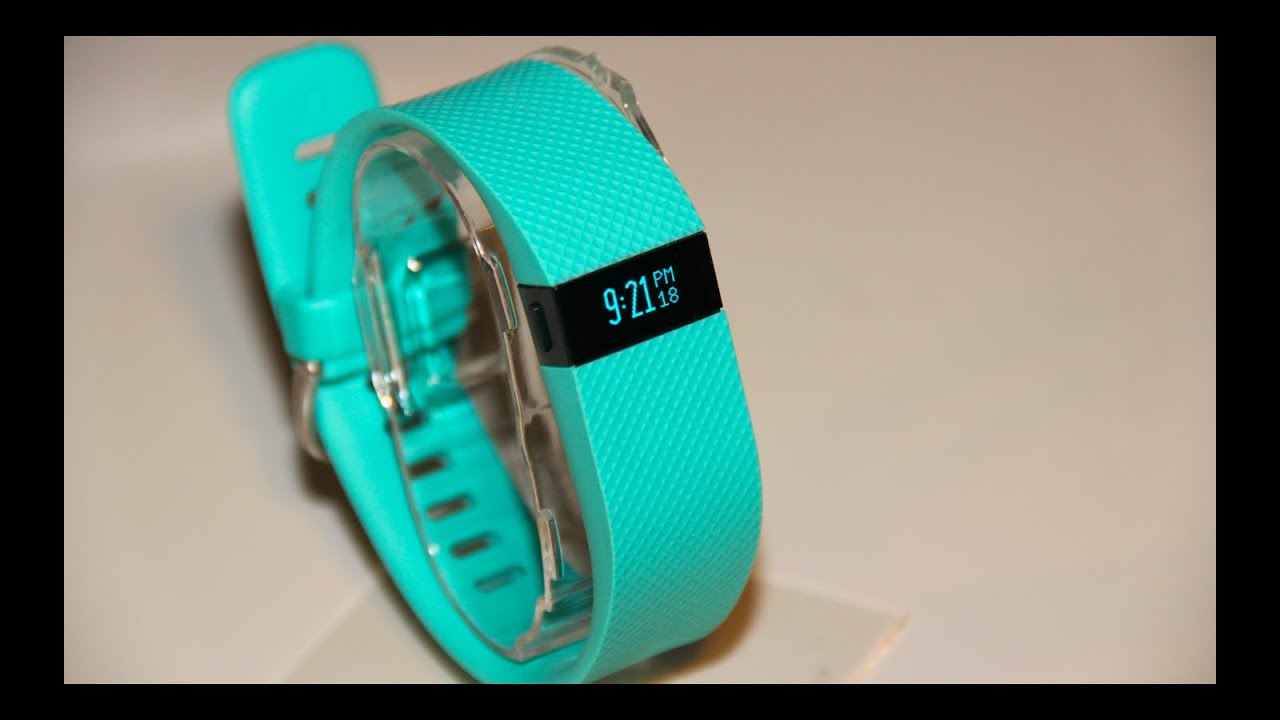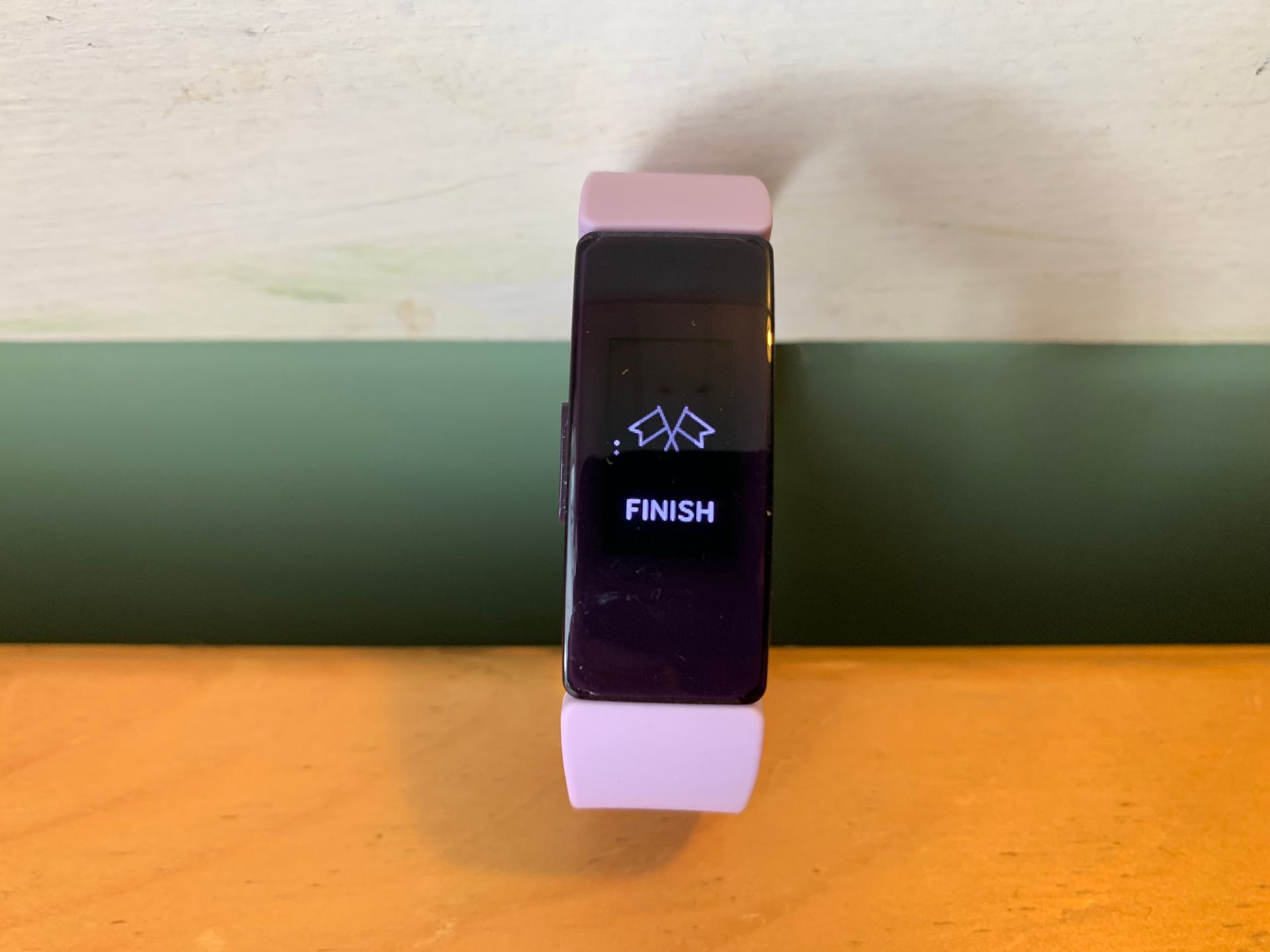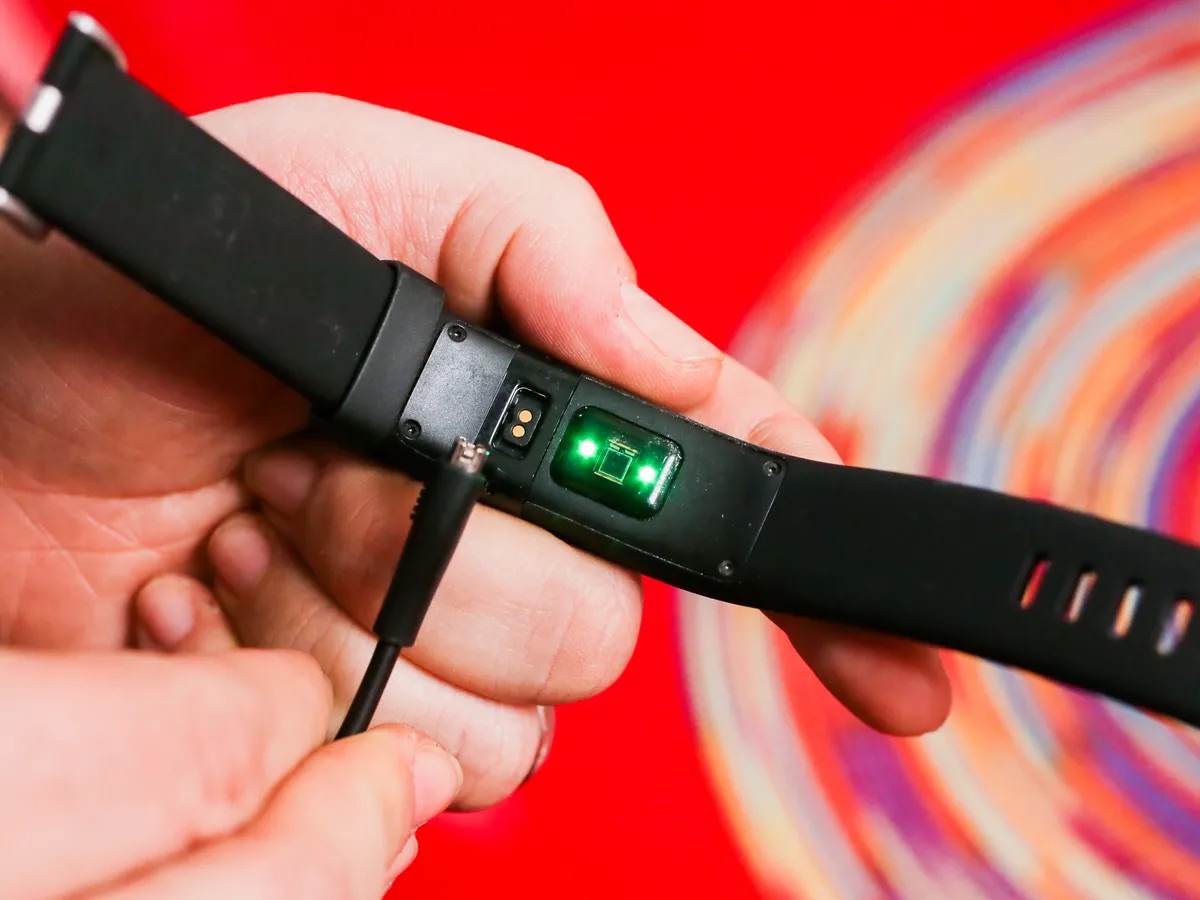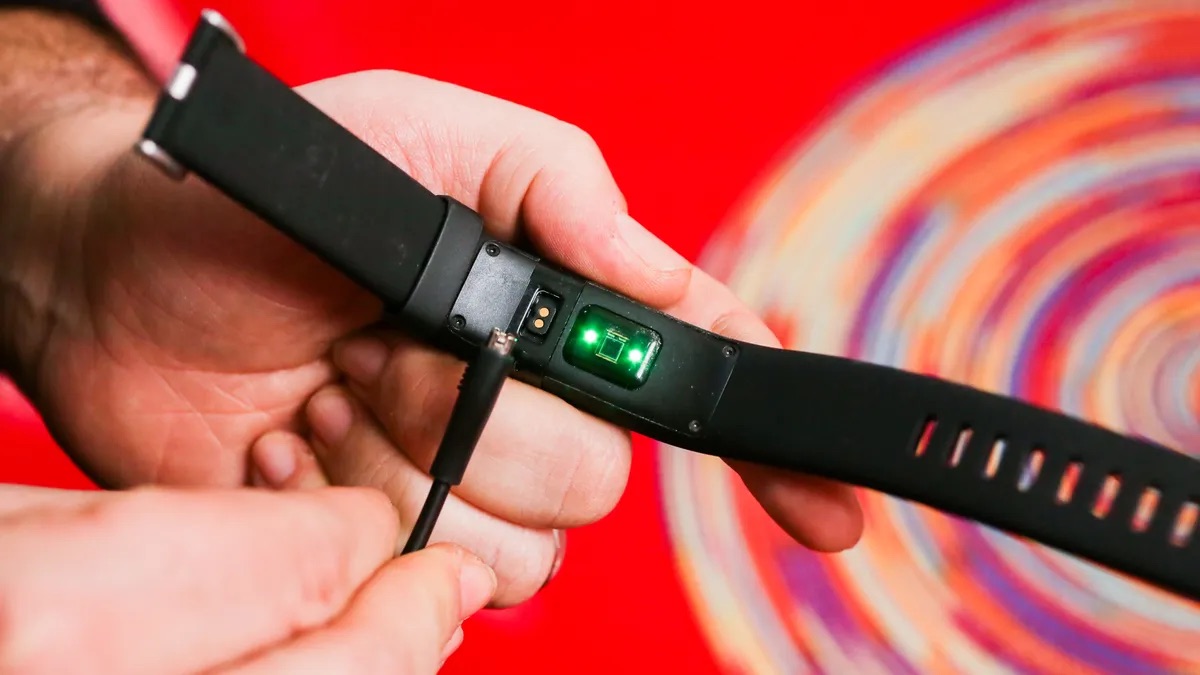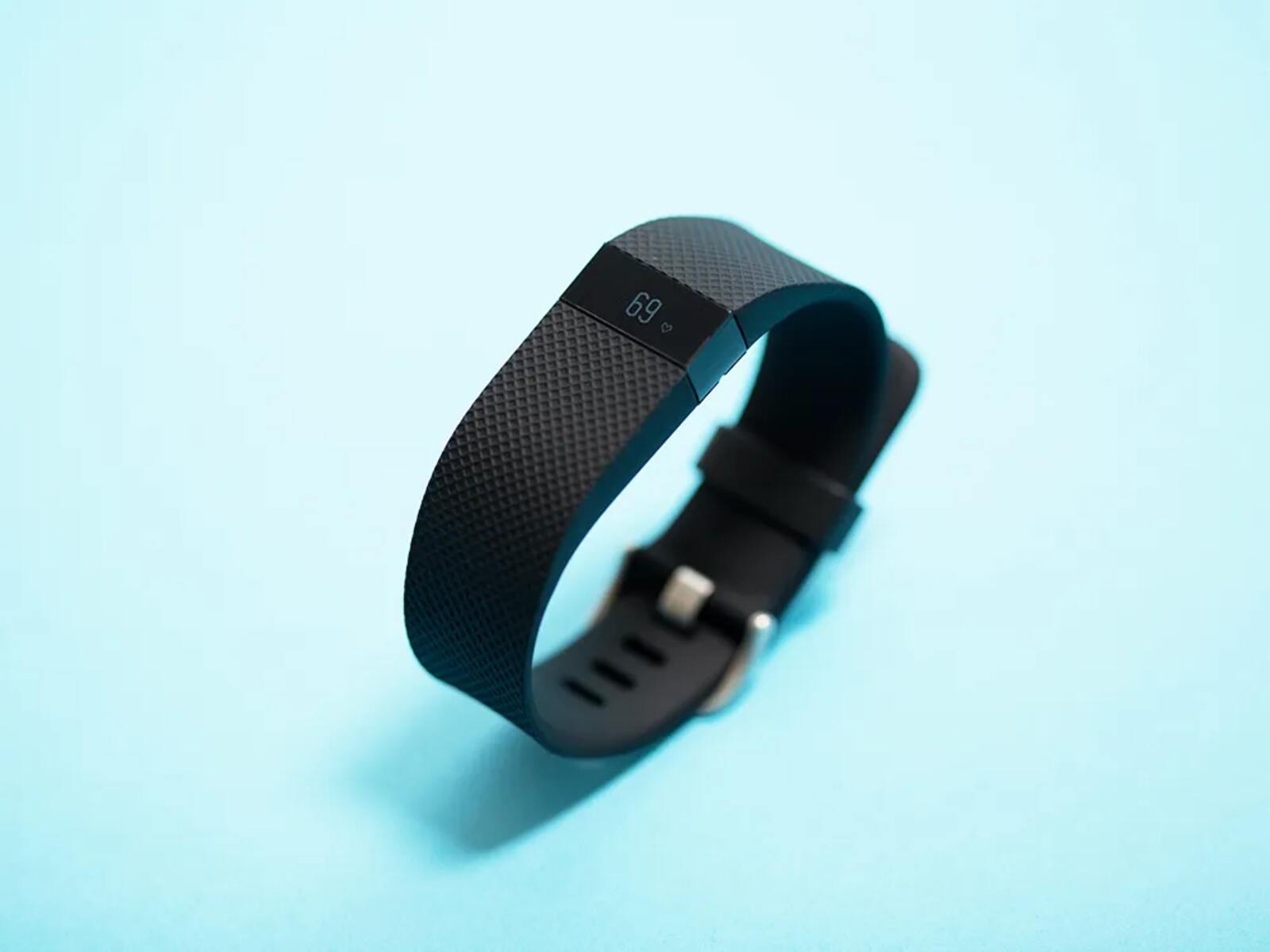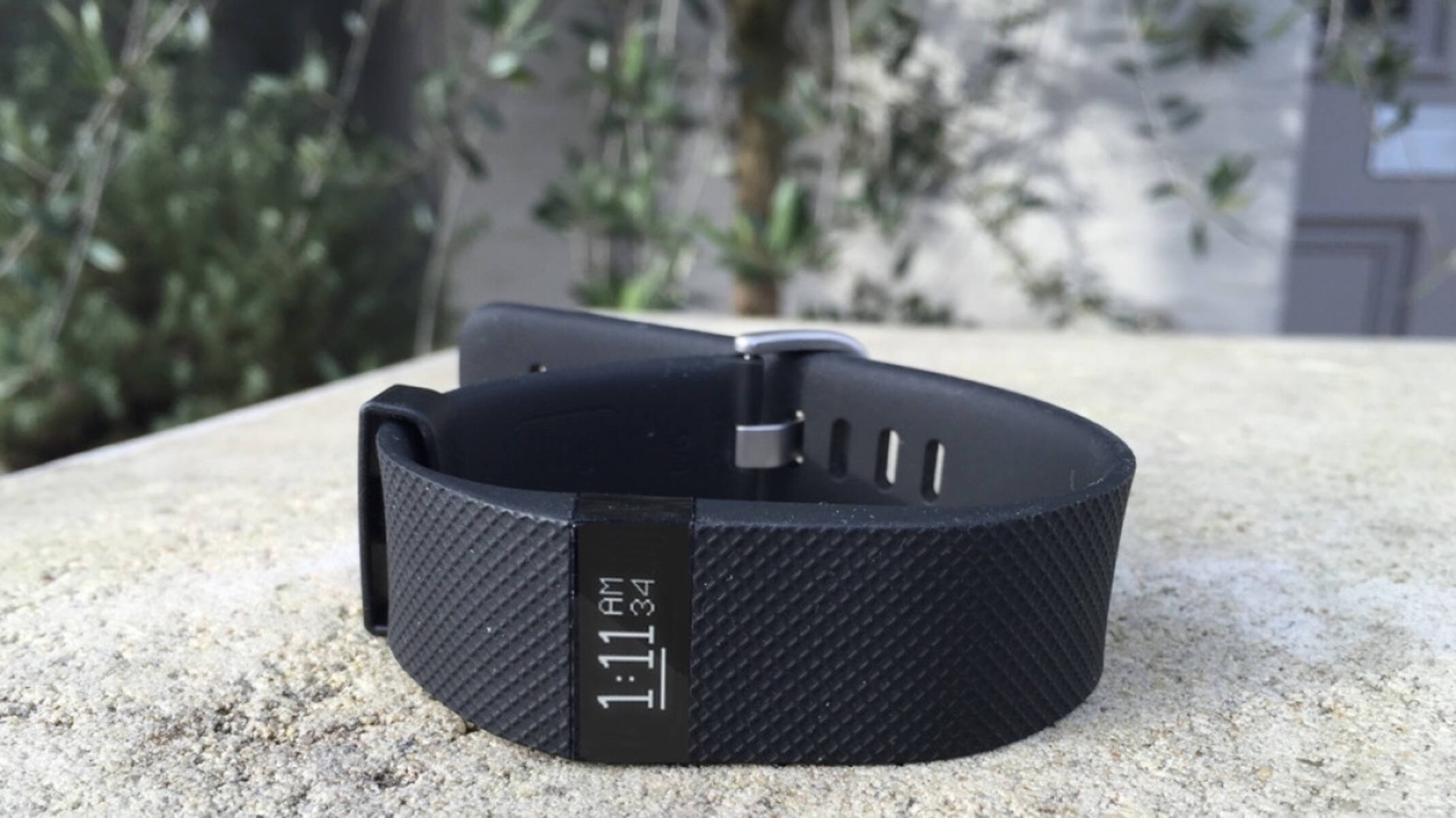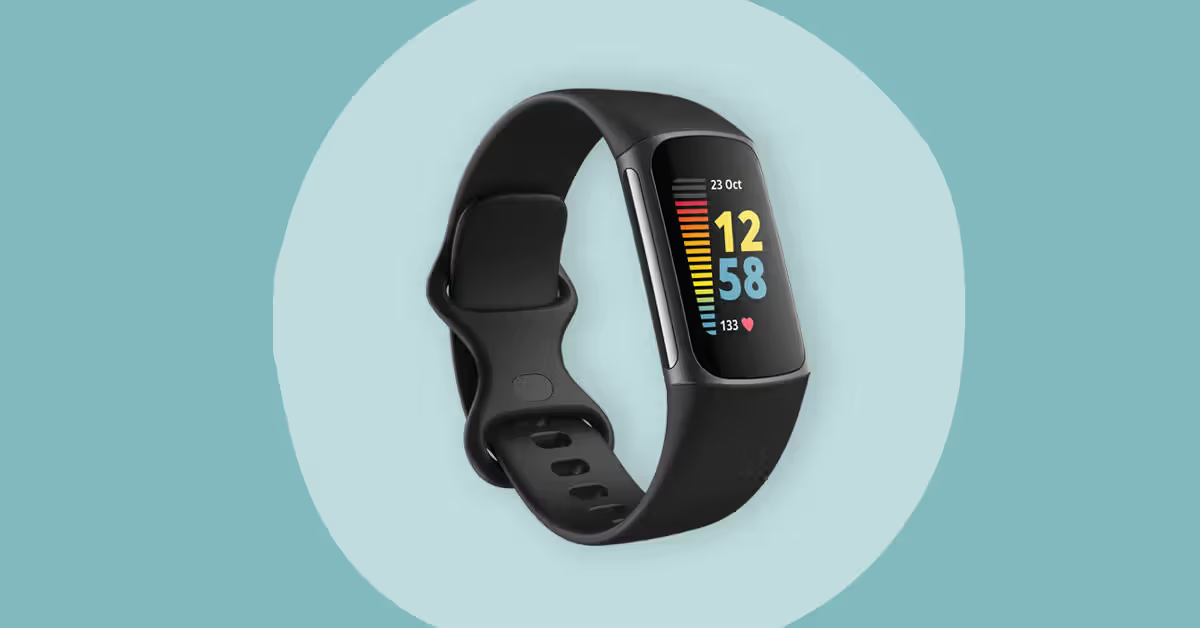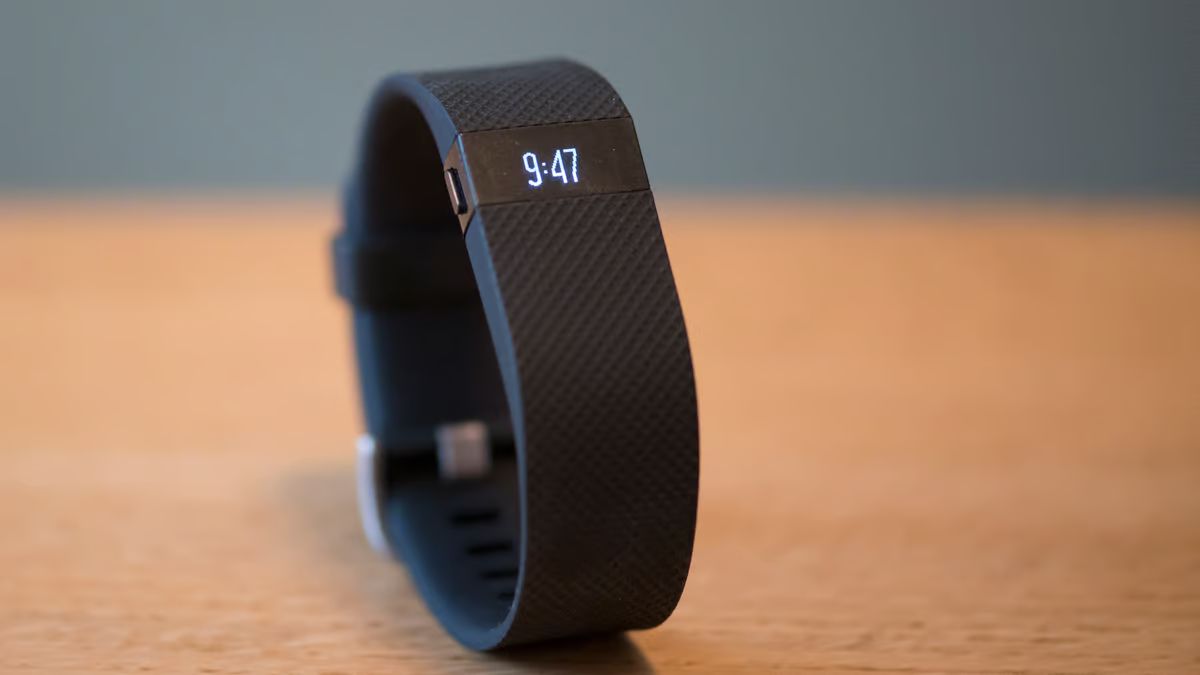Introduction
Maintaining the cleanliness of your Fitbit Charge HR is crucial for both its longevity and your personal hygiene. Regular cleaning not only keeps your wearable device looking fresh and stylish but also helps prevent skin irritation that can result from prolonged contact with dirt and sweat. In this comprehensive guide, we will delve into the best practices for cleaning and maintaining your Fitbit Charge HR, ensuring that it remains a reliable and comfortable companion on your fitness journey.
A clean Fitbit Charge HR not only looks good but also functions optimally, allowing you to track your daily activities, monitor your heart rate, and stay on top of your fitness goals with ease. By incorporating simple cleaning routines into your regular maintenance schedule, you can ensure that your Fitbit Charge HR continues to provide accurate data and reliable performance.
As we explore the various cleaning techniques for different parts of your Fitbit Charge HR, it's important to note that regular maintenance not only enhances the device's aesthetic appeal but also contributes to its overall durability. By following the tips and methods outlined in this guide, you can prolong the lifespan of your Fitbit Charge HR and enjoy its benefits for years to come.
Without further ado, let's dive into the step-by-step process of cleaning your Fitbit Charge HR, covering everything from the band to the heart rate sensor. With these insights, you can maintain a clean and hygienic Fitbit Charge HR, ensuring that it remains a reliable and stylish accessory for your active lifestyle.
Cleaning the Band
The band of your Fitbit Charge HR is exposed to various elements throughout the day, including sweat, dirt, and oils from your skin. Over time, these can accumulate and affect both the appearance and comfort of the band. To maintain its cleanliness and integrity, regular cleaning is essential.
Materials Needed
- Mild soap
- Water
- Soft-bristled brush or toothbrush
- Soft cloth
Step-by-Step Cleaning Process
-
Remove the Band: Detach the band from the tracker to ensure thorough cleaning.
-
Prepare the Cleaning Solution: Mix a small amount of mild soap with water to create a gentle cleaning solution. Avoid using harsh chemicals or abrasive cleaners, as these can damage the band's material.
-
Scrub the Band: Dip the soft-bristled brush or toothbrush into the cleaning solution and gently scrub the band, paying particular attention to areas with visible dirt or discoloration. Be cautious around the tracker housing to prevent any water or soap from entering the device.
-
Rinse Thoroughly: After scrubbing, rinse the band under running water to remove any soapy residue. Ensure that all soap is washed away to prevent skin irritation.
-
Dry the Band: Use a soft cloth to pat the band dry, ensuring that all moisture is absorbed. Avoid using heat to dry the band, as excessive heat can damage the material.
-
Reattach the Band: Once the band is completely dry, reattach it to the tracker, ensuring a secure fit.
Additional Tips
- Frequency: Aim to clean the band at least once a week, or more frequently if you engage in intense workouts or activities that result in heavy sweating.
- Avoiding Abrasive Materials: When cleaning the band, refrain from using abrasive materials such as rough sponges or harsh brushes, as these can cause damage to the band's surface.
- Regular Inspection: Periodically inspect the band for any signs of wear or damage. If you notice any issues, such as fraying or discoloration that cannot be removed through cleaning, consider replacing the band to maintain optimal comfort and aesthetics.
By incorporating these simple yet effective cleaning practices into your routine, you can ensure that the band of your Fitbit Charge HR remains clean, comfortable, and visually appealing. Regular maintenance not only contributes to the longevity of the band but also enhances your overall wearing experience, allowing you to enjoy the benefits of your Fitbit Charge HR to the fullest.
Cleaning the Screen
The screen of your Fitbit Charge HR is the primary interface through which you access essential data, track your activities, and monitor your progress. Keeping the screen clean is vital for maintaining visibility and ensuring that the display remains clear and legible. Regular cleaning not only enhances the overall appearance of your device but also contributes to its functionality.
Materials Needed
- Microfiber cloth
- Water
- Mild soap (if necessary)
Step-by-Step Cleaning Process
-
Power Off the Device: Before cleaning the screen, power off your Fitbit Charge HR to prevent accidental inputs and ensure a thorough cleaning process.
-
Dampen the Cloth: Moisten a microfiber cloth with water. Ensure that the cloth is not dripping wet, as excessive moisture can seep into the device and cause damage.
-
Gently Wipe the Screen: With the dampened cloth, gently wipe the screen in a circular motion, focusing on areas with visible smudges, fingerprints, or dirt. Avoid applying excessive pressure, as this can damage the screen.
-
Dry the Screen: Once the screen has been wiped clean, use a dry section of the microfiber cloth to gently dry the screen, removing any remaining moisture or streaks.
-
Inspect for Residue: If stubborn smudges or marks persist, lightly dampen the cloth with water and a small amount of mild soap. Wipe the screen again, ensuring that all residue is removed.
-
Allow the Screen to Air Dry: After cleaning, allow the screen to air dry for a few minutes before powering the device back on.
Additional Tips
-
Avoid Harsh Cleaners: Refrain from using harsh chemicals, alcohol-based solutions, or abrasive cleaners on the screen, as these can cause damage to the display and its protective coating.
-
Regular Maintenance: Incorporate screen cleaning into your regular maintenance routine, aiming to clean the screen at least once a week to prevent the buildup of dirt and oils.
-
Protective Screen Covers: Consider using a protective screen cover to minimize the risk of scratches, smudges, and damage to the display. These covers can be easily cleaned and replaced, preserving the integrity of the original screen.
By following these simple yet effective cleaning techniques, you can ensure that the screen of your Fitbit Charge HR remains clear, responsive, and visually pristine. Regular maintenance not only enhances the usability of the device but also contributes to a more enjoyable and reliable fitness tracking experience.
Cleaning the Charging Port
The charging port of your Fitbit Charge HR is a critical component that requires regular cleaning to maintain optimal functionality. Over time, the charging port can accumulate dust, lint, and debris, which may hinder the charging process and potentially lead to connectivity issues. By incorporating simple cleaning practices, you can ensure that the charging port remains free from obstructions, allowing for seamless charging and reliable performance.
Materials Needed
- Compressed air canister
- Soft-bristled brush or toothpick
- Microfiber cloth
Step-by-Step Cleaning Process
-
Power Off the Device: Before cleaning the charging port, ensure that your Fitbit Charge HR is powered off to prevent any electrical mishaps during the cleaning process.
-
Inspect the Port: Carefully examine the charging port to identify any visible debris or obstructions. It's essential to assess the extent of cleaning required and identify any potential issues that may affect the charging process.
-
Use Compressed Air: With the help of a compressed air canister, gently blow air into the charging port to dislodge any loose debris or dust particles. This process helps clear out minor obstructions and ensures that the port is free from accumulated dirt.
-
Brush Away Debris: If stubborn debris remains lodged in the charging port, use a soft-bristled brush or a toothpick to gently dislodge and remove the particles. Exercise caution to avoid damaging the internal components of the port.
-
Wipe the Surrounding Area: Use a microfiber cloth to gently wipe the area surrounding the charging port, removing any residual dust or particles that may have been dislodged during the cleaning process.
-
Final Inspection: After cleaning, inspect the charging port to ensure that it is free from obstructions and debris. This final check ensures that the port is ready for seamless charging and connectivity.
Additional Tips
-
Regular Maintenance: Incorporate charging port cleaning into your regular maintenance routine, aiming to perform this process at least once a month or more frequently if you notice any charging issues.
-
Avoid Liquid Cleaners: Refrain from using liquid cleaners or solvents to clean the charging port, as these can damage the internal components and lead to connectivity issues.
-
Gentle Cleaning: Exercise caution and gentleness when cleaning the charging port to avoid causing any damage. Avoid using excessive force or sharp objects that may harm the port's integrity.
By following these cleaning guidelines, you can ensure that the charging port of your Fitbit Charge HR remains free from obstructions, allowing for consistent and reliable charging. Regular maintenance not only contributes to the longevity of the device but also ensures that you can power up your Fitbit Charge HR without any hindrances, keeping you on track with your fitness goals.
Cleaning the Heart Rate Sensor
The heart rate sensor is a pivotal component of the Fitbit Charge HR, enabling accurate monitoring of your heart rate during various activities. Keeping the heart rate sensor clean is essential for ensuring precise readings and reliable performance. Over time, the sensor can accumulate sweat, oils, and debris, which may interfere with its functionality. By incorporating regular cleaning practices, you can maintain the integrity of the heart rate sensor and ensure that it continues to provide accurate data, supporting your fitness journey effectively.
Materials Needed
- Soft, lint-free cloth
- Mild soap
- Water
- Cotton swabs
Step-by-Step Cleaning Process
-
Power Off the Device: Before cleaning the heart rate sensor, power off your Fitbit Charge HR to prevent any accidental inputs and ensure a thorough cleaning process.
-
Dampen the Cloth: Moisten a soft, lint-free cloth with water. If necessary, add a small amount of mild soap to create a gentle cleaning solution.
-
Gently Wipe the Sensor: With the dampened cloth, gently wipe the heart rate sensor on the underside of the device. Use light, circular motions to remove any accumulated sweat, oils, or residue.
-
Use Cotton Swabs for Detailing: For hard-to-reach areas around the sensor, use a cotton swab lightly dampened with water to ensure thorough cleaning. Exercise caution to avoid applying excessive pressure.
-
Dry the Sensor: Once the sensor has been wiped clean, use a dry section of the cloth to gently dry the area, ensuring that all moisture is absorbed.
-
Allow the Sensor to Air Dry: After cleaning, allow the heart rate sensor to air dry for a few minutes before powering the device back on.
Additional Tips
- Frequency: Incorporate heart rate sensor cleaning into your regular maintenance routine, aiming to clean the sensor at least once a week, especially if you engage in intense workouts or activities that result in heavy sweating.
- Avoid Harsh Cleaners: Refrain from using harsh chemicals, alcohol-based solutions, or abrasive cleaners on the heart rate sensor, as these can damage the sensor's functionality and accuracy.
- Regular Inspection: Periodically inspect the heart rate sensor for any signs of residue or buildup. If you notice any issues that persist despite cleaning, contact Fitbit support for further assistance.
By following these simple yet effective cleaning techniques, you can ensure that the heart rate sensor of your Fitbit Charge HR remains clean and responsive, providing accurate heart rate data during your workouts and daily activities. Regular maintenance not only enhances the reliability of the heart rate sensor but also supports your fitness tracking efforts, allowing you to monitor your heart rate with confidence and precision.
Final Tips for Maintenance
As you continue to enjoy the benefits of your Fitbit Charge HR, it's essential to incorporate ongoing maintenance practices to ensure the longevity and optimal performance of your device. Here are some final tips to keep your Fitbit Charge HR in top condition:
-
Regular Cleaning Routine: Establish a consistent schedule for cleaning your Fitbit Charge HR, including the band, screen, charging port, and heart rate sensor. By integrating regular cleaning into your maintenance routine, you can prevent the buildup of dirt, oils, and debris, ensuring that your device remains hygienic and visually appealing.
-
Proper Storage: When not in use, store your Fitbit Charge HR in a clean, dry environment. Avoid exposing the device to extreme temperatures or prolonged sunlight, as these conditions can impact its performance and longevity. Utilize a designated storage space to protect your device from potential damage or wear.
-
Firmware Updates: Stay informed about firmware updates released by Fitbit and ensure that your device is running the latest software version. These updates often include performance enhancements, bug fixes, and new features that contribute to the overall functionality of your Fitbit Charge HR.
-
Band Replacement: Monitor the condition of your band and consider replacing it if you notice signs of wear, discoloration, or discomfort. A fresh band not only enhances the aesthetics of your device but also ensures a comfortable and secure fit during your daily activities.
-
Battery Care: Pay attention to the battery life of your Fitbit Charge HR and follow recommended charging practices. Avoid allowing the battery to fully deplete frequently, as this can impact its overall lifespan. Additionally, ensure that the charging port remains clean and free from obstructions to facilitate efficient charging.
-
Water Resistance: While the Fitbit Charge HR is water-resistant, it's important to follow guidelines for water exposure to prevent any potential damage. Avoid exposing the device to excessive moisture, especially in scenarios such as swimming or prolonged submersion.
-
Support and Resources: Familiarize yourself with Fitbit's support channels and resources, including online guides, troubleshooting tips, and customer support options. In the event of any issues or questions regarding your Fitbit Charge HR, these resources can provide valuable assistance and guidance.
By integrating these final maintenance tips into your Fitbit Charge HR care routine, you can uphold the device's performance, reliability, and aesthetic appeal. Regular maintenance not only enhances the lifespan of your Fitbit Charge HR but also ensures that it continues to support your active lifestyle and fitness tracking endeavors effectively.







